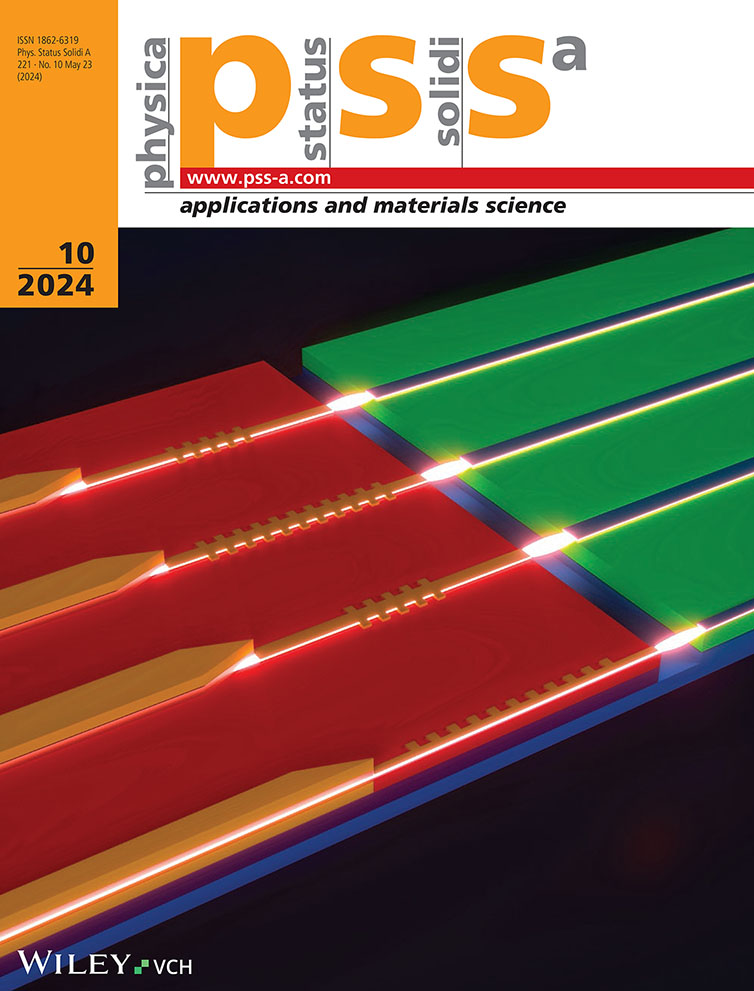Chirality-Dependent Dynamics and Pinning of Transverse Domain Wall in Constricted Nanowires
Abstract
Magnetic nanowires with domain walls (DWs) are among the most promising future storage devices. In applications involving DWs, controlling their displacement within the device and the pinning strength and their magnetic structure are crucial parameters. In this article, the dynamics of the transverse domain wall (TW) and its pinning in magnetic nanowires are investigated using micromagnetic simulation. The spin-transfer torque is used to drive the DW at different positions within a magnetic nanowire with a Z junction of length (λ) and depth (d). In this study, four different structures, namely, head-to-head transverse domain wall (HTW) and tail-to-tail transverse domain wall (TTW) with up and down magnetization configurations for each case, are focused on. It is found that a TW with a down chirality can be displaced faster than a TW with an up chirality with a velocity reaching 400 m s−1. In the simulation results, it is shown that both HTW and TTW have higher depinning current density for the up magnetization configuration compared to the down case. For the same chirality, it is shown that HTW has a greater pinning strength than TTW.
Conflict of Interest
The authors declare no conflict of interest.
Open Research
Data Availability Statement
The data that support the findings of this study are available from the corresponding author upon reasonable request.




